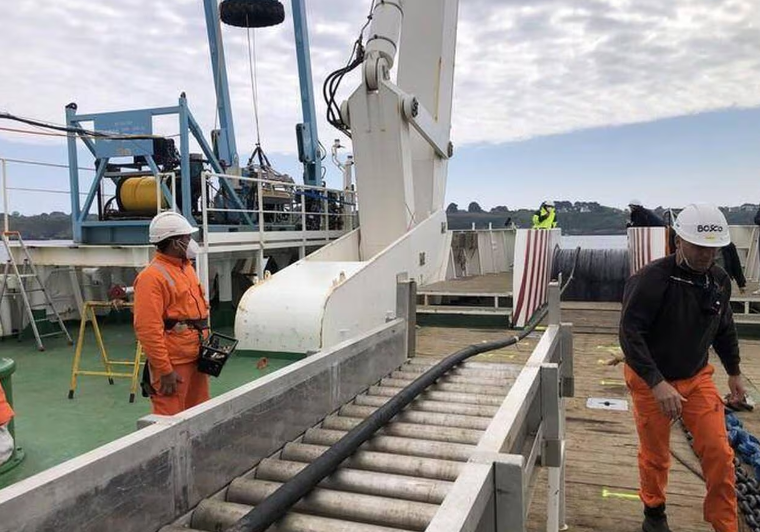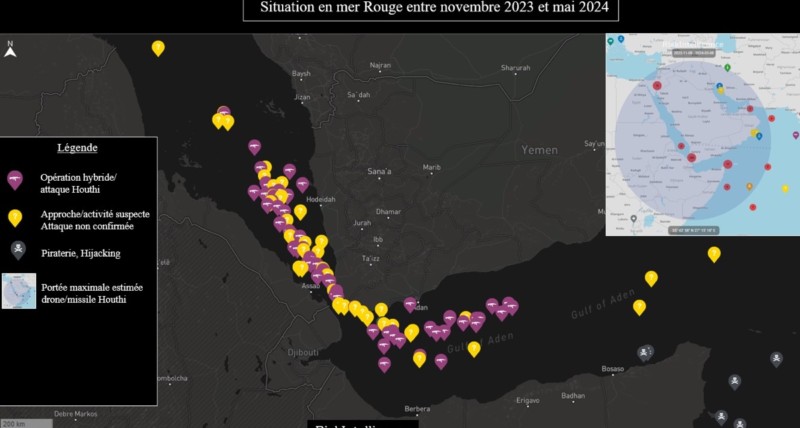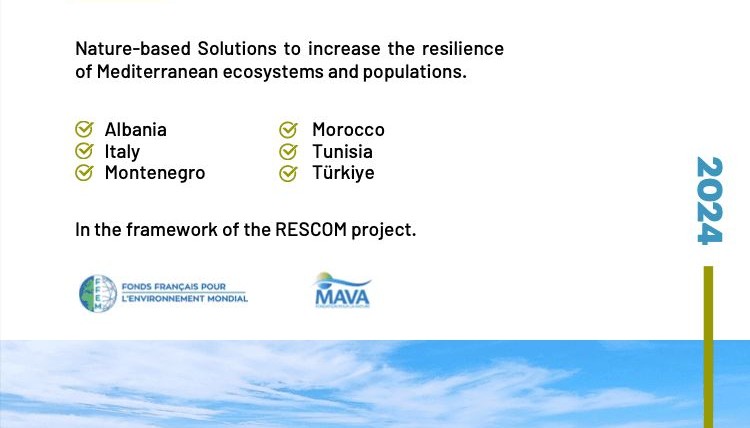« Fiber sensing »: This is the name of the technology using artificial intelligence that could detect early signs of an earthquake or tsunami, a landslide, a marine animal, or even an unidentified moving mass… The French group Orange will present it on November 20, 2024, in Rennes, during the European Cyber Week.
A deep earthquake or tsunami, a landslide, a marine animal, an anchor dropped to the ocean floor, or an unidentified moving mass passing too close (too close?)… These are the events that Orange’s underwater cables will be able to detect thanks to the deployment of the « Fiber sensing » technology.
It’s optical fiber with « golden ears, » in a way. On paper, the principle is quite simple. « In an optical fiber, every five to ten meters, there are impurities. When a signal is sent through this fiber, the impurity sends back an echo. With the help of artificial intelligence, we can know what’s happening around it, » explains Jean-Louis Le Roux, General Manager of Orange International Network, the « international networks and underwater cables » division of the Orange Group. He will present this project on Wednesday, November 20, 2024, in Rennes, as part of European Cyber Week, a major international event on cybersecurity and cyber defense, where issues related to the use of AI will take center stage.
What about listening to the sounds of ocean trenches, thousands of kilometers beneath the surface of the sea? Not with the current state of research. « The Fiber sensing technology can be used up to around 80 kilometers from the coast, which is the area where the first repeaters are usually located to allow signals to travel the distances between continents, » explains Jean-Louis Le Roux.

Sensors under territorial waters and beyond
It will only take a few tens of milliseconds to transmit the early signs of a tsunami or the sudden breakage of cables to land stations. Environmental observation applications could also be imagined.

Eighty kilometers of cables equipped with « ears » also means having sensors across the entire territorial sea zone, up to 12 nautical miles (about 22 kilometers), and part of the exclusive economic zone (EEZ, up to 200 miles, or 370 kilometers). This opens up possibilities for sovereign uses that could, for example, interest the French Navy.
Sensors under territorial waters and beyond
« The use cases are still being studied, » specifies Jean-Louis Le Roux. Other companies such as Thales, Nokia, or Fosina are also developing this technology. But Orange is a global giant that controls the entire deployment chain of these giant cables, which, despite their length, are only slightly thicker than a garden hose. Yet, it is through these cables that 98% of global digital data transits.
Source: Ouest France




